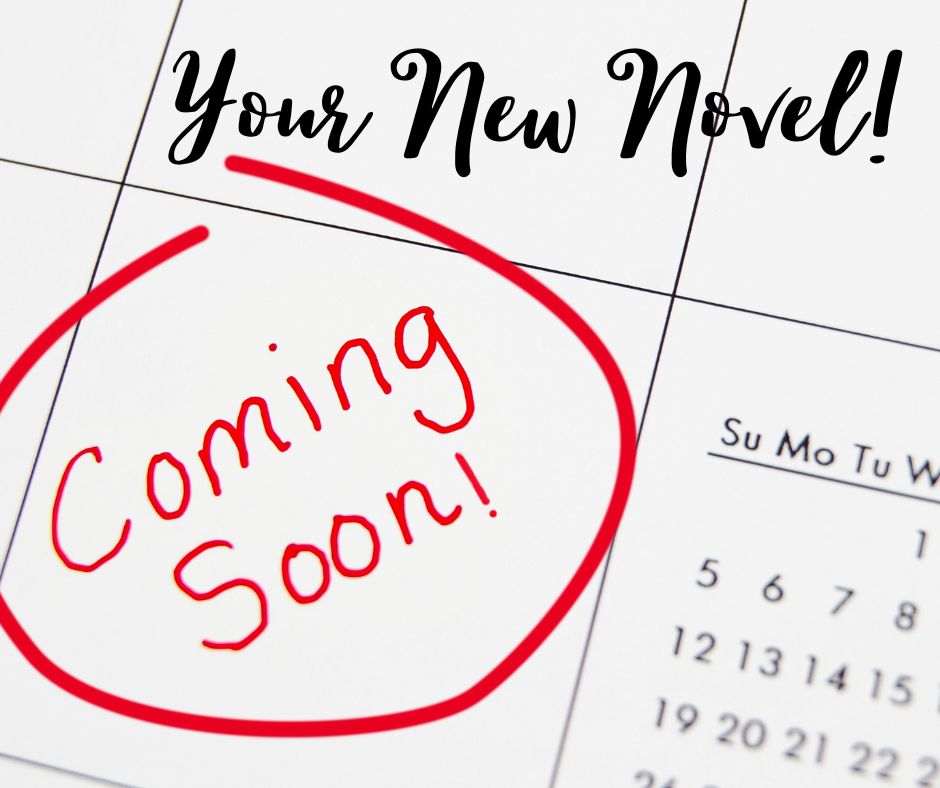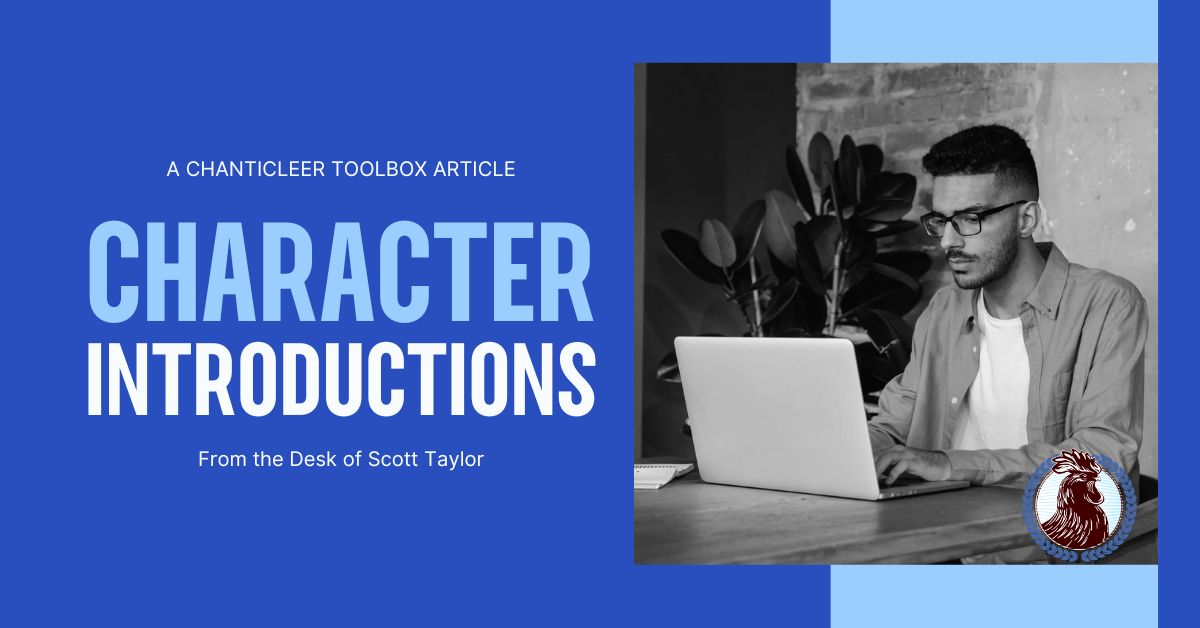|
Listen to or download this article:
|

Action is eloquence. William Shakespeare, Coriolanus

There are a few techniques it seems like I’m always passing on to my clients: amp up your verbs; use language and details to create more tension, and force scenes to rise. By ‘rise’ I mean writers need to thrust the drama level to a crisis, a confrontation, an explosion. Because in most scenes you’re aiming for the worst outcome.
Components of an Action Scene
| Characters | The main players in the scene with their key traits visible & engaged. Secondary characters need a reason for being. |
| Setting | The time, place and context in which the scene takes place. The setting is not just a backdrop; stage action scenes for maximum wattage. |
| Scene Driver: | The inciting event/change/stimulus/threat.
The event/stimulus/threat that starts the action rolling in the scene (action can be precipitated before the scene begins) |
| Internal response
External response
|
How the main characters react emotionally to actions, threat, choice. How the main characters react physically–dialogue, movement, escape confrontation, fisticuffs. Typically there is a second driver (event or response)that starts the action. |
| Goal | What the main character decides to do as a reaction to the inciting event or threat. |
| Consequence | How the main character struggles to accomplish the goal. |
| Resolution | How the scene goal turns out–win, lose, draw, escape, disaster. |
- Three words to write by—cause and effect.
- Action scenes are high stakes.
- The action needs to build to a full boil crisis.
- Whenever possible structure action scenes with a midpoint which is also a reversal.
- Use all your tools to create a character’s emotional responses including, subtext, posture, facial expressions, gestures, mannerisms, eye movements, and voice quality. Voice includes pitch, the rate of speech (does the character talk fast when nervous?), and intonation.
- As you write, imagine you’re holding a camera catching the action blow-by-blow.
- With intense action, use short sentences to pick up the pace. Action scenes usually have a minimal amount of description unless it contributes to the scene. The scent of blood. The sound of a gun cocking, or the creak of a floorboard. This is not the place for describing the scenery or the characters.
- Action scenes feature choppy and incomplete sentences. Such as, “What was that noise?” “What the . . .”
- If the setting is complex and the action intricate, sketch out a map. Place coins or placeholders to mark your players, define the sight lines, scene’s boundaries (how far can a character reach?), and how long it might take to walk, run (or sneak) from point A to point B.
- If the action is complicated, ask friends or family members to act it out so you can verify the sequence and reactions.
- Read your dialogue out loud.
- Use simple past tense verbs such as “kicked” or “punched” rather than those pesky ‘ing’ participles such as “kicking” or “punching.”
- Your protagonist has skills, strengths, and weaknesses you
 can exploit and showcase. Foreshadow those traits throughout the story so when the reader reaches the action scene, he is expecting complications and credibility.
can exploit and showcase. Foreshadow those traits throughout the story so when the reader reaches the action scene, he is expecting complications and credibility. - Scenes are never random events—they all need a logical connection to the storyline and to create ramifications.
- Pay special attention to endings—they need weight, potency, and to reveal consequences.
- Pacing is key but should be controlled by the scenes that come before and after. These will typically be slower to set up and react to the fight/conflict.
- When writing fight scenes or violence, pack these scenes with an emotional punch too.
- Read screenplays to digest the moment-to-moment breakdowns.
- When you watch films study the reaction shots.
- Some emotions in an action scene will be brief or fleeting.
 When a gunshot is fired nobody has time to think. However, the body’s chemistry shifts to handle lethal threats, allowing the brain to process far more information in a shorter period of time.
When a gunshot is fired nobody has time to think. However, the body’s chemistry shifts to handle lethal threats, allowing the brain to process far more information in a shorter period of time.- Keep in mind that action scenes happen at several levels and much of the fight needs to be about internal changes, the inner world of the protagonist.
- During revisions fine tune character’s emotional reactions so they’re unique, fresh, and individual. This aspect of revision can be difficult, but it is crucial.
- Make certain you can justify carnage and bloodshed.
- Don’t bog down the sequence with too much technical description. Show who has the upper hand, rack up the tension to the nines and tap into the motivations of the character readers root for. And if someone gets punched or shot or knocked to the ground, readers should feel it too.
- Utilize all the senses and never rely solely on the physical description.
The next article from Jessica Page Morrell will include an example of screenplay action from Air Force One by Andrew Marlowe.
Jessica Page Morrell is a top-tier developmental editor and a contributor to Writer’s Digest magazine, and she teaches Master Writing Craft Classes at the Chanticleer Authors Conference that is held annually.

Jessica Page Morrell
Jessica understands both sides of the editorial desk–as a highly-sought after content development editor and an author. Her work also appears in multiple anthologies and The Writer and Writer’s Digest magazines. She is known for explaining the hows and whys of what makes for excellent writing and for sharing very clear examples that examines the technical aspects of writing that emphases layering and subtext. Her books on writing craft are considered “a must have” for any serious writer’s toolkit. For links for her writing craft books, please click on her above.
Chanticleer Reviews and OnWord Talks will interview Jessica for more of her writing tips and advice. Stay tuned! ~ Chanticleer
We are planning a writing craft workshop soon that will be taught by Jessica.








[…] Chanticleer blog […]